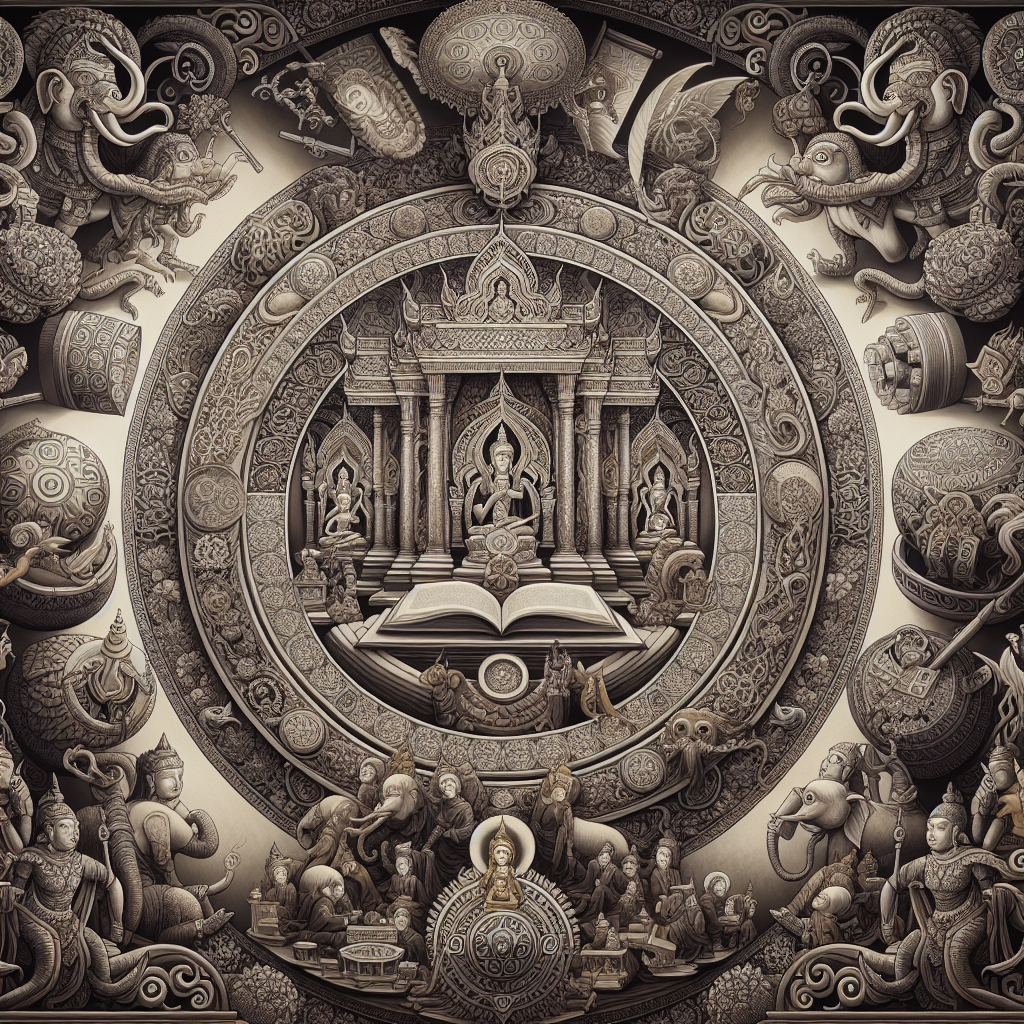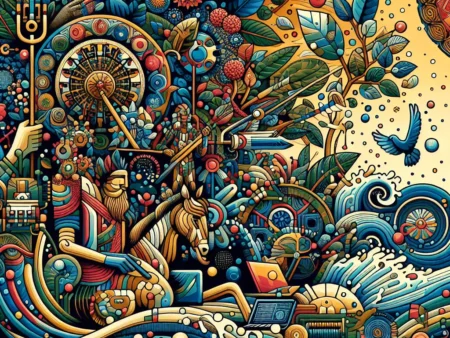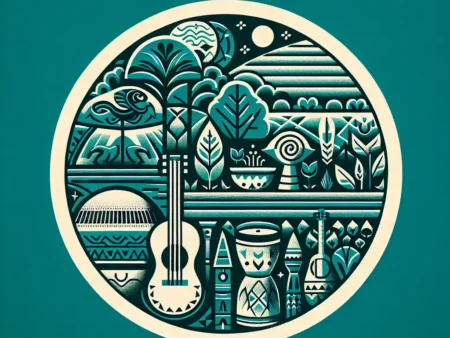Seni memainkan peran penting dalam pelestarian warisan budaya dengan mengabadikan nilai-nilai, tradisi, dan identitas budaya melalui ekspresi kreatif.
Peran Seni dalam Pelestarian Warisan Budaya
-
Table of Contents
Introduction

Indonesia is a country rich in cultural heritage, with a diverse range of traditions, customs, and art forms that have been passed down through generations. However, in recent years, there has been a growing concern about the preservation of this cultural heritage. The role of art in preserving cultural heritage has become increasingly important, as it serves as a medium for expression, documentation, and education. This article explores the significance of art in the preservation of cultural heritage in Indonesia.
The Importance of Cultural Heritage
Cultural heritage refers to the traditions, customs, artifacts, and practices that are inherited from past generations. It plays a crucial role in shaping the identity and sense of belonging of a community or nation. Cultural heritage is not only a source of pride but also a valuable resource for understanding the history, values, and beliefs of a society.
In Indonesia, cultural heritage is incredibly diverse due to the country’s vast geographical and ethnic diversity. From the traditional dances of Bali to the intricate batik patterns of Java, each region has its own unique cultural expressions. However, this rich heritage is at risk of being lost due to various factors such as globalization, urbanization, and modernization.
The Threats to Cultural Heritage
One of the main threats to cultural heritage in Indonesia is the rapid pace of development and urbanization. As cities expand and modern infrastructure takes over, traditional buildings, neighborhoods, and cultural sites are often demolished or neglected. This not only erases physical traces of the past but also disrupts the social fabric and collective memory associated with these places.
Another threat comes from globalization and the homogenization of cultures. With the increasing influence of Western culture and the rise of mass media, traditional art forms and practices are often overshadowed or replaced by more popular and commercially-driven forms of entertainment. This leads to a loss of diversity and a dilution of cultural identity.
The Role of Art in Preserving Cultural Heritage
Art, in its various forms, plays a crucial role in preserving cultural heritage in Indonesia. It serves as a powerful tool for documentation, education, and revitalization of traditional practices. Here are some ways in which art contributes to the preservation of cultural heritage:
1. Documentation
Art provides a means of documenting cultural practices, rituals, and traditions. Through paintings, sculptures, photographs, and other visual mediums, artists capture the essence of cultural heritage, ensuring that it is not forgotten or lost. These artistic representations serve as a visual record for future generations to understand and appreciate their cultural roots.
2. Cultural Revitalization
Art can breathe new life into traditional practices that are at risk of being forgotten. By incorporating traditional elements into contemporary art forms, artists can create a bridge between the past and the present, making cultural heritage relevant and accessible to younger generations. This revitalization helps to ensure the continuity of cultural practices and prevents them from fading away.
3. Education and Awareness
Art has the power to educate and raise awareness about cultural heritage. Through exhibitions, performances, and workshops, artists can engage the public and provide insights into the significance and value of cultural heritage. By showcasing the beauty and uniqueness of traditional art forms, artists can inspire a sense of pride and appreciation among the audience, encouraging them to become active participants in preserving their cultural heritage.
4. Cultural Exchange
Art serves as a platform for cultural exchange, allowing different communities to share and learn from each other’s traditions. Festivals, exhibitions, and collaborative projects bring together artists from different regions, fostering dialogue and understanding. This exchange not only enriches the artistic landscape but also strengthens the bonds between communities and promotes a sense of unity.
Successful Examples of Art in Cultural Heritage Preservation
Several initiatives and organizations in Indonesia have successfully utilized art to preserve cultural heritage. One notable example is the Indonesian Heritage Society, which organizes cultural tours, workshops, and exhibitions to promote awareness and understanding of Indonesian culture. They collaborate with local artists and communities to showcase traditional art forms and provide a platform for cultural exchange.
Another successful project is the Yogyakarta Art Festival, an annual event that celebrates the rich cultural heritage of Yogyakarta. The festival features traditional music, dance, theater, and visual arts, attracting both local and international audiences. Through this event, traditional art forms are given a platform to thrive and gain recognition, ensuring their preservation for future generations.
Conclusion
Art plays a vital role in the preservation of cultural heritage in Indonesia. It serves as a means of documentation, cultural revitalization, education, and cultural exchange. By incorporating traditional elements into contemporary art forms, artists bridge the gap between the past and the present, ensuring the continuity of cultural practices. Initiatives and organizations that promote the use of art in cultural heritage preservation have been successful in raising awareness and fostering a sense of pride and appreciation among the public. It is crucial to continue supporting and promoting these efforts to safeguard Indonesia’s rich cultural heritage for future generations.







